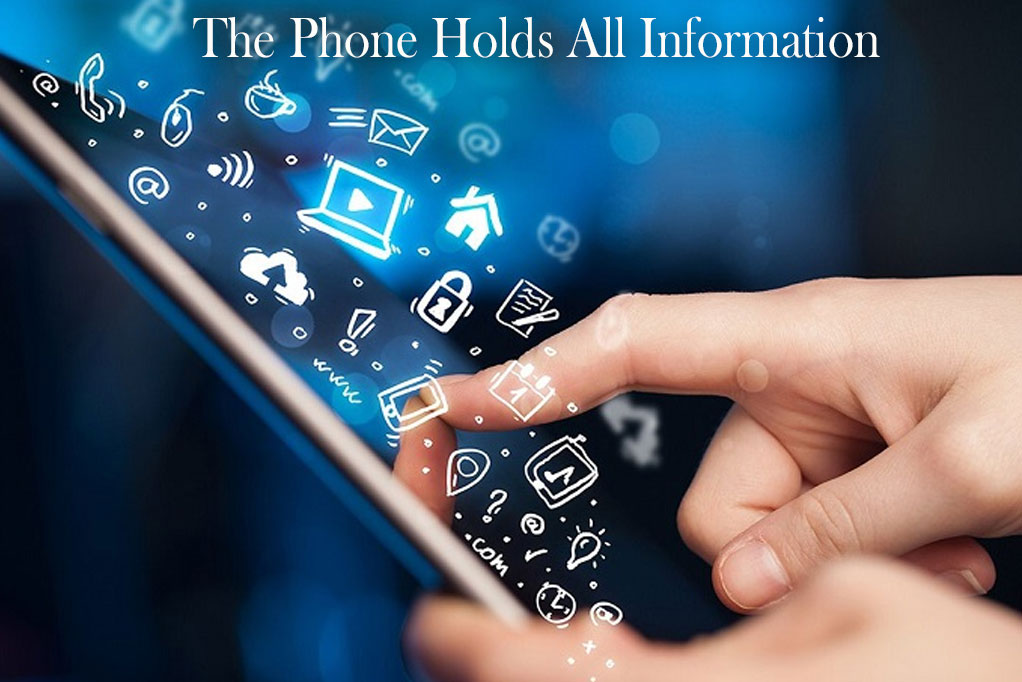Cell phone forensics is a crucial aspect of modern private investigation, providing valuable insights and evidence for various cases, from insurance investigations to corporate espionage.
Here’s an overview of what private investigators need to know about cell phone forensics:
1. Understanding Cell Phone Forensics
Cell phone forensics involves the recovery, analysis, and preservation of data from mobile devices. This can include:
- Call logs
- Text messages (SMS and MMS)
- Emails
- Photos and videos
- GPS locations
- App data
- Internet browsing history
- Social media activity
2. Legal Considerations
- Consent: Ensure that you have legal authority or consent to access the phone. Unauthorized access can lead to legal repercussions.
- Chain of Custody: Maintain a documented chain of custody to ensure the integrity of the evidence.
- Privacy Laws: Be aware of local and federal privacy laws governing digital investigations.
3. Tools and Software
Several tools and software are commonly used in cell phone forensics:
- Cellebrite: One of the most popular tools for extracting and analyzing data from mobile devices.
- Oxygen Forensic Detective: Another comprehensive tool for data extraction and analysis.
- Magnet AXIOM: Known for its ability to recover and analyze data from a wide range of mobile devices.
- EnCase Forensic: Used for the acquisition, analysis, and reporting of digital evidence.
4. Common Techniques
- Physical Extraction: Involves accessing the physical storage of the device. Requires advanced skills and can be invasive.
- Logical Extraction: Extracts data using the device’s standard interface, typically through USB or Wi-Fi connections.
- Cloud Forensics: Involves accessing data stored in the cloud, which may be synced with the mobile device.
5. Data Preservation
- Airplane Mode: Immediately place the device in airplane mode to prevent remote wiping or data alteration.
- Faraday Bag: Use a Faraday bag to block any wireless signals from reaching the device.
- Forensic Imaging: Create a bit-by-bit copy of the device’s storage to work on without altering the original data.
6. Analysis and Reporting
- Data Parsing: Use software to parse and categorize the extracted data.
- Timeline Analysis: Reconstruct events and interactions over time to establish patterns or uncover key evidence.
- Reporting: Generate comprehensive reports that can be used in legal proceedings, ensuring they are clear, concise, and admissible in court.
7. Challenges and Considerations
- Encryption: Many modern devices use strong encryption, which can be challenging to bypass.
- Constant Updates: Mobile operating systems and apps are frequently updated, requiring investigators to stay current with new developments.
- Data Volume: The sheer volume of data can be overwhelming. Effective filtering and prioritization are essential.
8. Training and Certification
To effectively perform cell phone forensics, consider obtaining certifications such as:
- Certified Mobile Forensic Examiner (CMFE): Offered by the International Association of Computer Investigative Specialists (IACIS).
- Certified Forensic Computer Examiner (CFCE): Also provided by IACIS, covering a broader range of digital forensics.
- Cellebrite Certified Mobile Examiner (CCME): Specific to Cellebrite tools.
Conclusion
Cell phone forensics is a powerful tool for private investigators, offering deep insights and evidence that can be critical in various investigations. However, it requires a combination of technical skills, legal knowledge, and the right tools to perform effectively. By staying informed about the latest technologies and methodologies, private investigators can leverage cell phone forensics to achieve successful outcomes in their cases.

